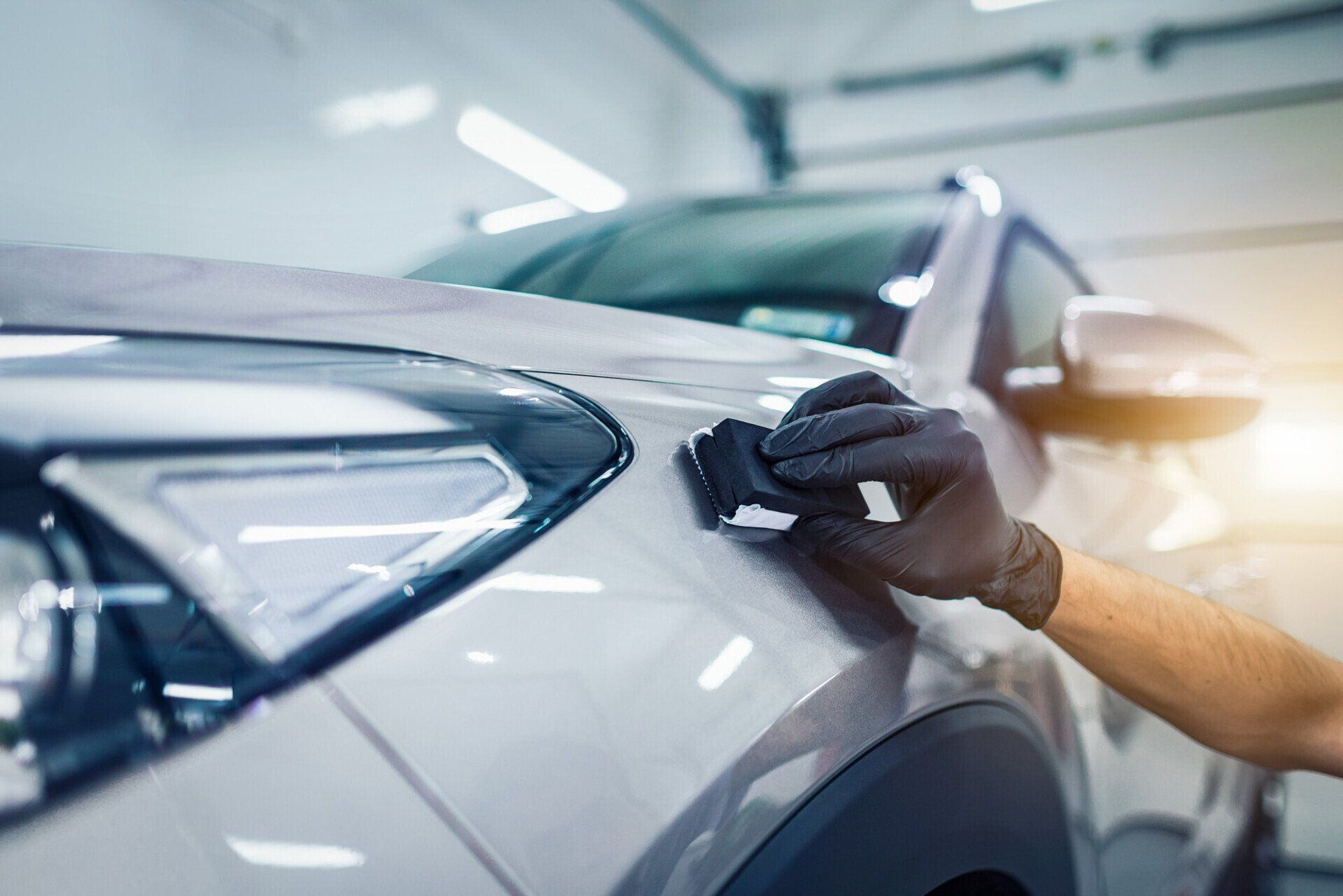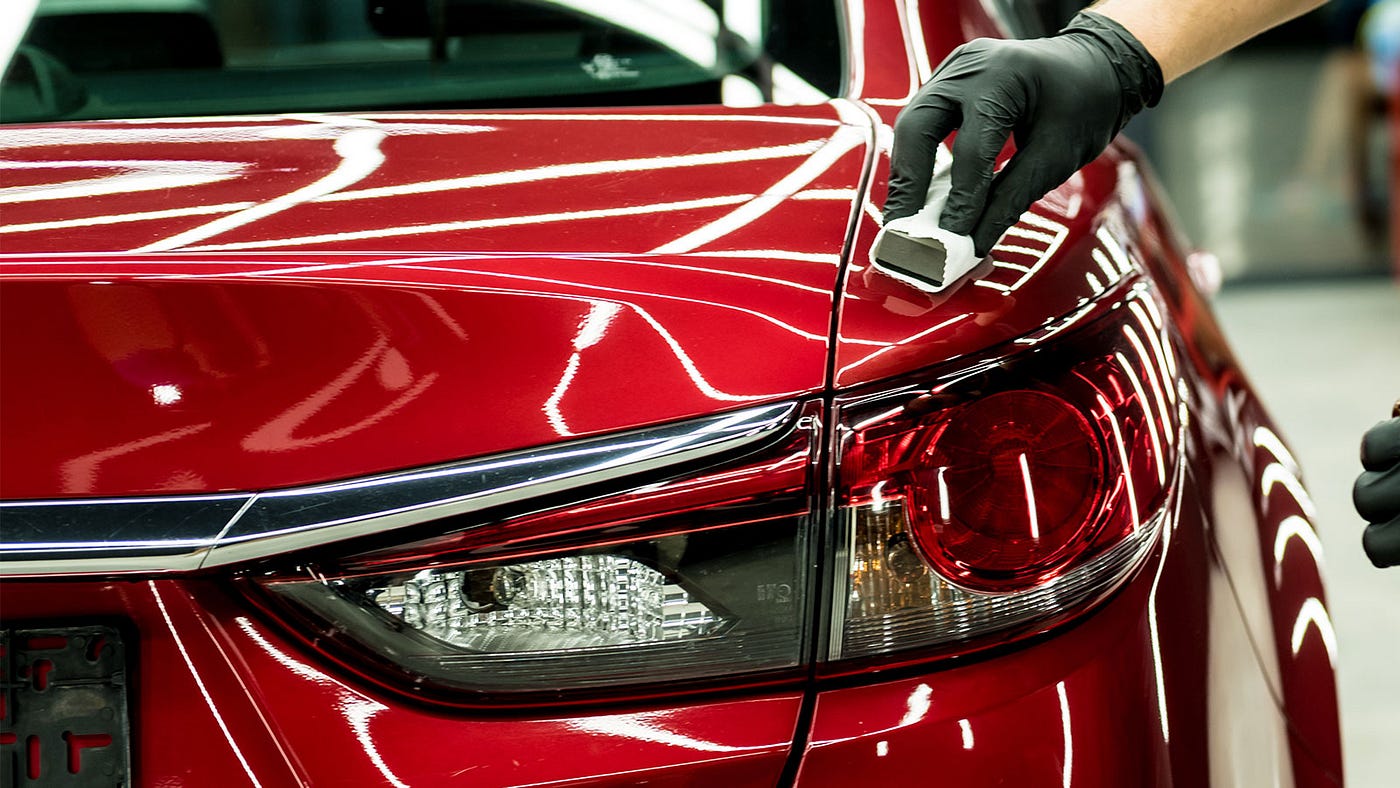Ceramic Coatings San Jose: Improve and Shield Your Car's Finish
Ceramic Coatings San Jose: Improve and Shield Your Car's Finish
Blog Article
Revealing the Science Behind Ceramic Coatings: How Does It Job and Why Is It Above Traditional Alternatives?
Ceramic layers have been gaining popularity in different markets for their outstanding performance and resilience. Understanding just how ceramic layers job and why they outshine standard options is important for those seeking to improve the durability and strength of their materials.
The Chemistry of Ceramic Coatings
In recognizing ceramic coatings, diving into the complex chemistry behind their make-up is vital for grasping their performance and longevity. Ceramic coatings are primarily composed of silicon dioxide (SiO2), which creates a solid and protective layer when applied to various surface areas. This chemical structure provides extraordinary resistance to warmth, chemicals, and corrosion, making ceramic coatings very looked for after for a vast array of applications.
The chemistry behind ceramic coverings entails the formation of covalent bonds in between silicon and oxygen atoms, developing a rigid network that enhances the finishing's strength and resilience. Additionally, the visibility of other components such as light weight aluminum, titanium, and zirconium further improves the finish's buildings, providing boosted hardness and attachment to surface areas.
Comprehending the chemical structure of ceramic finishings permits for the personalization of solutions to match details requirements, whether it be for automotive, industrial, or residential objectives. By using the power of chemistry, ceramic finishings continue to lead the means for remarkable defense and performance in various markets.
Advantages of Ceramic Coatings

One more significant benefit of ceramic layers is their hydrophobic nature. This home creates water to grain up and roll off the coated surface area, lugging dirt and impurities with it. Because of this, ceramic finishings make cleaning and maintaining surfaces a lot easier and much less taxing. Ceramic finishes provide boosted gloss and tint depth, offering surfaces a dynamic and glossy appearance. Overall, the wide range of advantages offered by ceramic layers make them an exceptional choice compared to standard finish methods.
Exactly How Ceramic Coatings Bond
Ceramic coatings bond to surfaces via a process that includes molecular adhesion and chemical communications. When a ceramic layer is related to a surface area, it creates a solid bond by chemically sticking to the surface area at a molecular level. This bond is produced via the formation of covalent bonds, which are incredibly strong and long lasting. The ceramic covering's molecules permeate the pores of the surface area, producing a tight grip that withstands separation.
Moreover, the chemical interactions in between the ceramic finish and the surface additionally improve the bond. ceramic coatings san jose. These communications enable the ceramic coating to develop a seamless and constant layer externally, supplying outstanding defense and sturdiness. Unlike traditional coverings that may remain on the surface area without completely bonding, ceramic finishes develop a permanent bond that is resistant to chemicals, UV rays, and severe environmental problems

Fundamentally, the bonding system of ceramic coatings makes sure a long-lasting and effective safety layer that outmatches traditional coating options. This exceptional bond contributes to the toughness, scratch resistance, and durability of ceramic coverings, making them a favored selection for various applications.
Resilience of Ceramic Coatings
The outstanding durability of ceramic finishes originates from their robust molecular bond and chemical interactions with surfaces, ensuring a sites long lasting safety layer that exceeds conventional covering options. Once applied, ceramic layers develop a strong bond with the substrate, developing a resilient obstacle versus different ecological stressors such as UV radiation, chemicals, and abrasions. This bond is so secure that it can endure the rigors of everyday usage without degrading or weakening quickly.
Unlike typical finishes that may deteriorate over time, ceramic coatings keep their integrity for a prolonged period, giving long-lasting protection for the underlying surface area. Generally, the exceptional resilience of ceramic finishings makes them an exceptional choice for shielding a broad variety of surfaces in various applications.
Ceramic Coatings Vs. Traditional Alternatives
In contrast to conventional finish approaches, ceramic finishes supply an unique mix of resilience and protective capacities that establish them apart in different surface area security applications. Standard options such as wax or sealers offer a momentary layer of defense that can wear away quickly, calling for constant reapplication. On the various other hand, ceramic layers create a strong bond with the surface area, producing a semi-permanent or permanent barrier that is highly immune to abrasion, chemicals, UV rays, and extreme temperature levels.
In addition, ceramic finishes provide superior hydrophobic buildings contrasted to standard coverings. The hydrophobic nature of ceramic coatings causes water to grain up and roll off the surface, carrying useful reference dirt and pollutants with it. This self-cleaning impact aids to preserve the surface area's cleanliness and gloss for extended periods, reducing the requirement for frequent upkeep.
Additionally, ceramic coatings have a thicker layer compared to conventional options, offering boosted scratch resistance and security versus minor impacts. This longevity makes sure long-lasting performance and assists maintain the aesthetic appeal of the dealt with surface area for an extended duration.
Verdict
Finally, the scientific research behind ceramic layers exists in their chemical make-up and bonding homes, making them above traditional options. The advantages of ceramic layers include increased toughness and protection for surfaces. By understanding exactly how ceramic coverings work and their benefits over standard options, one can make informed choices when taking into consideration coating alternatives for numerous applications.
Unlike conventional coatings that might rest on the surface without completely bonding, ceramic layers produce an irreversible bond that is immune to chemicals, UV rays, content and rough ecological problems.
The phenomenal durability of ceramic finishings stems from their durable molecular adhesion and chemical interactions with surface areas, making sure a sturdy protective layer that goes beyond standard finishing options.Unlike typical finishings that may break down over time, ceramic finishings preserve their honesty for an extended period, offering durable defense for the underlying surface area.In contrast to traditional finishing methods, ceramic layers offer a distinctive mix of longevity and protective abilities that establish them apart in different surface area protection applications. By understanding exactly how ceramic coverings work and their benefits over traditional alternatives, one can make informed decisions when taking into consideration finish alternatives for various applications.
Report this page